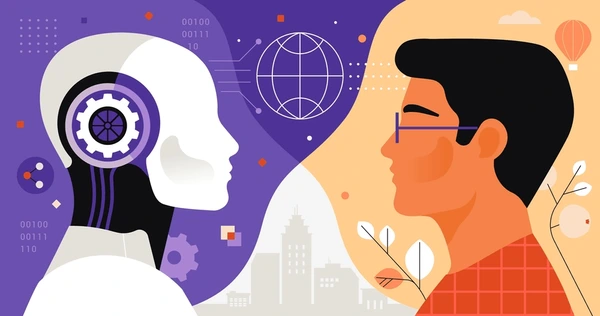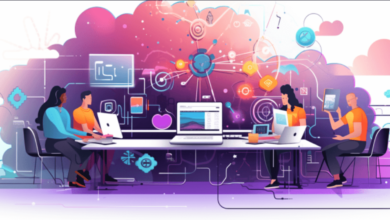AI vs. Human-Designed Presentations: Which One Wins?

The debate surrounding AI-generated versus human-designed presentations highlights distinct strengths and weaknesses. AI offers rapid production and efficient templates, while human designers bring creativity and emotional depth to the forefront. This contrast raises questions about the effectiveness of each approach in engaging audiences. As technology continues to evolve, the ultimate question remains: can a synergy between AI efficiency and human creativity lead to the most compelling presentations? The implications are worth exploring further.
The Rise of AI in Presentation Design
As technology continues to evolve, the integration of artificial intelligence (AI) into presentation design has become increasingly prominent.
AI tools streamline the creation process through design templates and data visualization, enhancing user engagement. While automation benefits include reduced time and effort, creative limitations arise from standardized outputs.
Users face a learning curve, though customization options allow for tailored presentations to meet diverse needs and preferences.
See also: Editing for Narrative Storytelling: Tools and Techniques
The Human Touch: Creativity and Emotion
Authenticity often defines the essence of effective presentations, where human creativity and emotional resonance play pivotal roles.
Emotional storytelling captivates audiences, fostering connections that transcend mere data. Artistic expression allows presenters to convey complex ideas through unique perspectives, inviting engagement and reflection.
This human touch enriches presentations, offering depth and relatability that AI struggles to replicate, ultimately enhancing the overall impact.
Comparing Efficiency and Speed
The human touch in presentations brings depth and emotional engagement, yet the comparison of efficiency and speed reveals a stark contrast between AI-generated and human-designed content.
AI excels in design speed, leveraging automation benefits to produce presentations rapidly, often within minutes.
In contrast, human designers invest time in crafting tailored narratives, resulting in richer, more resonant outcomes that machines cannot replicate.
The Future of Presentations: Collaboration or Competition?
How will the evolving landscape of technology shape the future of presentations?
As AI advances, the potential for collaborative tools increases, fostering design synergy between human creativity and machine efficiency.
Rather than viewing AI as competition, professionals may embrace it as a partner, enhancing their presentations.
This collaboration could redefine the presentation landscape, allowing for innovative, engaging experiences that captivate audiences more effectively.
Conclusion
In the realm of presentation design, AI and human creativity resemble two dancers in a grand performance. The AI, with its swift and precise movements, captivates the audience with efficiency, while the human artist weaves a tapestry of emotion and depth, drawing the crowd into a heartfelt narrative. The most compelling performances arise not from a solo act but from the harmonious collaboration of both dancers, suggesting that the future of presentations lies in their ability to unite strengths rather than compete.



